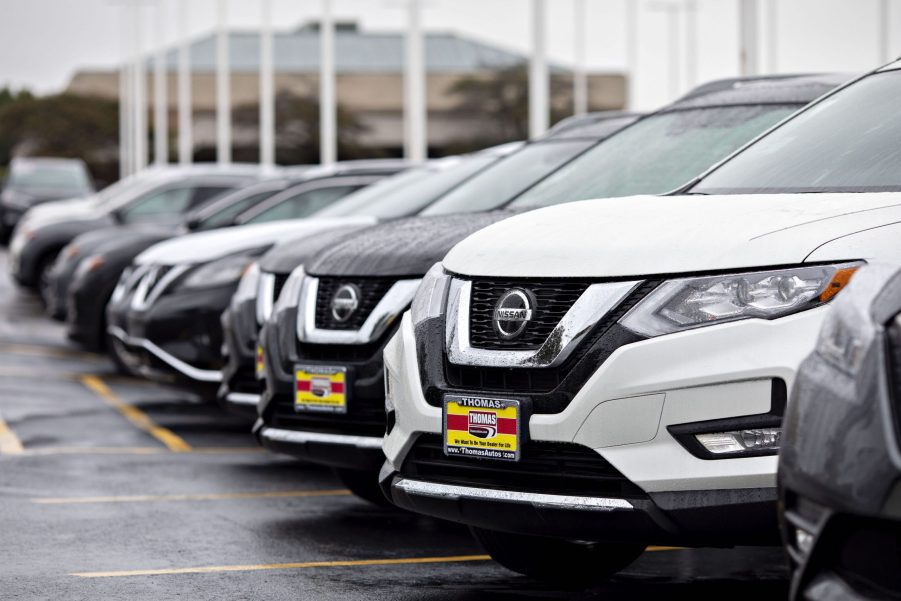
Microchip Shortage Means You Might Have to Pay More for Your Next Brand-New Car
If you’ve tried to buy a brand-new car recently, chances are you’ve encountered the negative effects of a current worldwide microchip shortage. Low inventory and high prices for cars and SUVs are just the tip of the iceberg for a recovering auto market that’s still dealing with the effects of the global pandemic.
As USA Today points out, the effects of this recent shortage are worsening by the day, with assembly lines shutting down across the globe. Due to the small amount of brand-new vehicles available for sale, experts believe prices will continue to rise. You aren’t even safe by sticking to the used market.
Is there still a microchip shortage?

The microchip shortage is ongoing, and all signs point to it getting worse over the coming months. According to Kelley Blue Book, this all began last year as automakers across the globe began cutting their orders for chips. This was because the global pandemic presented what appeared to be a significant period of low demand.
However, as KBB points out, many people working from home decided to buy electronic products such as laptops and web cameras. Given this high demand, a global microchip shortage began as chip manufacturers simply couldn’t keep up with demand.
Given this, widespread automakers haven’t been able to produce vehicles at their normal pace. In fact, GM and Ford have recently begun removing certain features from brand-new models. This is so assembly lines can keep up with production. As you might expect, this shortage of vehicles is having a direct effect on price.
Why would I end up paying more?

As a result of this global microchip shortage, new car buyers don’t have many options for buying brand-new cars. Whatever inventory arrives at dealerships gets bought up quickly by these buyers. As you might imagine, dealerships across the U.S. have noticed this issue and have decided to raise prices.
According to Car and Driver, dealerships from various popular brands have begun asking for money on top of the car’s MSRP. In some cases, these increases can be as high as $10,000. Keep in mind; these increases aren’t for limited-edition models, just regular production vehicles. With no end in sight for the shortage, prices may continue to rise for quite some time.
While automakers have looked toward the U.S. government for assistance, the current issue has a severe impact on the used car market.
Will used car prices drop in 2021?

If you think you could avoid this microchip shortage by shopping in the used market, you’d be wrong. In fact, used car prices skyrocketed throughout 2020, with some used cars selling close to MSRP.
As you’d expect, the rise in price comes from the shortage and buyers who need to buy a vehicle. This likely means that until the production issue isn’t sorted as the top of the auto industry, these negative effects will likely trickle down for quite some time.


